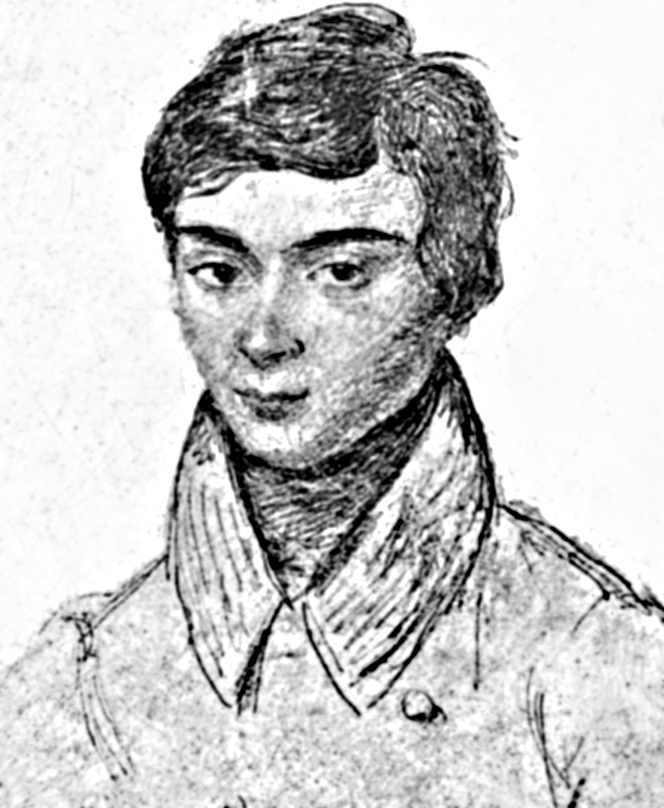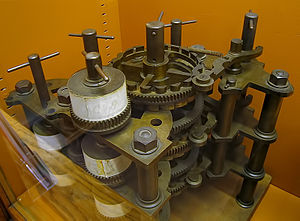 Image by Getty Images via @daylife
Image by Getty Images via @daylife
UCAS, the body that administers UK university admissions,
has put forward proposals for changes to the admissions system. These
recommendations include bringing the A-Level examinations forward and
completing most of the university application process when the exam results
have been released. This system, UCAS argues, would be fairer and less complex.
Currently, pupils in their final year of school must make
their UCAS applications by mid-January. Universities judge each application
based on predicted A-Level grades, references from teachers, personal
statements and possibly an interview. The universities then award conditional
offers, dependent on certain A-Level grades being gained.
Many schools, particularly private schools, give university
admissions advice that can maximise the chances of successful entry. UCAS
argues that this system makes it unfair for pupils who do not have such a system
of support available to them. In short, as the Guardian puts it, the current
system favours the rich.
An overhaul would lead to a fairer and more transparent applications
process, with the actual grades gained being central to a university’s decision.
An application later in the year would also give pupils more
time to discover their real interests, which subjects they are excelling in,
and would like to spend further time studying. The downside to such a plan would be the timing. A-Level
examinations, the marking, awarding of grades, university applications and
decision-making would all need to take place in the summer term. In Northern
Ireland and Scotland, this problem would be exacerbated because schools break
up for their summer holiday earlier than in England and Wales.
The last Labour government attempted to bring in similar
reforms of the universities applications process, without success, largely
because of opposition from teaching unions. Although many teachers see some benefits
to such a scheme, the amount of teaching time for the A-Level examinations
would be shortened. There is also a feeling that there would be simply too much
to achieve during the summer term.
What do you think? Would you be happy to delay your university
application until after you have received your A-Level results? How do other
countries manage university admissions? Would a compulsory gap year be one radical
solution to the problem (which they once called National Service), giving
pupils further time to think about their futures and time to do something
useful in the workplace, while ensuring our students are more mature when entering university? Let us know your thoughts.

